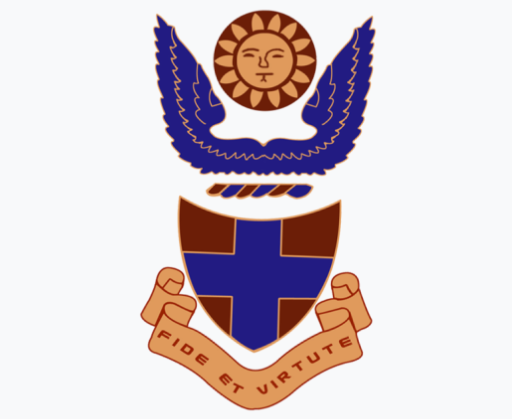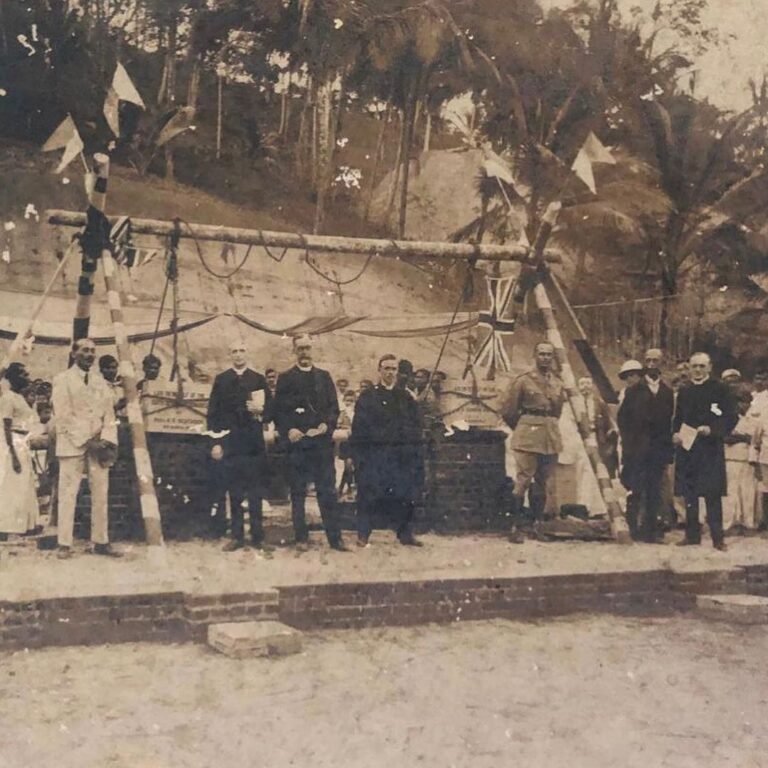The Kingswood Skipper Who Declared the Innings with Two Overs to Stumps
This is a Big Match story: a giant leap by a small made man. We don’t know what part of it is legend, and how far the truth is “truth”, since these kind of gestures quickly become fables and myths: the stuff from which heroes emerge. But, nevertheless, here it goes.
The story’s setting is 2004, during the month of March, that year’s traditional Big Match between Kingswood and Dharmaraja, the island’s third oldest contest of the sort, then, 98 years old.
During my stay, Kingswood was seldom known for its giant-killing feats in cricket, but more as a ‘competent’ side that could play out a game for a respectable draw. The 2004 team was no different, led by Samudu Wijesinghe and the team didn’t have many playmakers or charismatic, “extraordinary” players: a quiet team, one would say, from whom the season expected nothing too extravagant. Only a couple of the previous year’s (senior) players were eligible to stay; and even they were mostly the ‘less used’ players of the year before. There was also much talk among the boys that there was an element of dissent within the team on Samudu’s being captain. Being an average middle-order bat and an innocuous off-break bowler, Samudu’s ability to lead from the front was amply questioned by his critics. A season without much event – largely drawn out – then, climaxed with the Big Match.

The Dharmaraja XI of that year boasted of several dashing fellows; chief among them being a gentleman called Chamara Kapugedara, who was at the border of completing 1000 runs for the season. His name had been bloated by sports writers all season along, and part of our concern that year was to see who this ballooned cricketer was in the first place. The match, to say the least, was heading for a tame draw on the second evening – which, as we knew, was the main intention right from the beginning. Kapugedara scores a stylish half-century in the first innings which the Rajans dominate. With minutes to stumps on the last day, with no more than a maximum of two overs possible, to the surprise of the gathered, Dharmaraja walks out for their second inning. Kapugedara – with a season’s aggregate of 988 runs – is sent up the order to try and knock off 12 runs in the allowed space.
From what is later discovered – and that, too, through dressing room leakage and “CCTV footage” – the Kingswood skipper and the team had decided to ‘allow’ Kapugedara an aim at the rare milestone. It is seldom the case where a team would come out to play for two overs in a game that is already destined to be drawn. But, Samudu had already decided to send down two overs with (what a fellow who had been to the match that day called) “a funny field placement with open gaps in the in field”. Kapugedara, in fact, nicks one behind to the Kingswood stumper Minimuthu Dissanayake; but, giving a rare twist to the adage ‘it is just not Cricket’ Samudu’s men do not appeal for the catch. Years later, Minimuthu tells me how he watched from behind as Kapugedara stylishly followed up with three boundaries, to gallop past the 1000 run mark.
The decision taken by Samudu and his team to ‘facilitate’ the curl of the Rajan batting, today, gets circulated in several versions. Each myth has its own story, but what is concrete about this ‘unsung moment’ is that the Kingswood skipper’s upholding of the laurels of gamesmanship; thus recording in the pages of cricketing history a moral for all to celebrate. Though the stadium was baffled that evening under fading light, the dressing room testifies that Samudu’s was a conscious strategy. What is more important is that all that season Samudu was an under-pressure skipper, whose abilities were questioned. And here he was, staking everything and taking an initiative in the realisation of any schoolboy cricketer’s dream.
It is the 1000 runs in that season of 2004 which first brings Chamara Kapugedara to the national limelight. This achievement, and based on yet another string of high scores the following year, earns Kapugedara an early national berth. The fact that he has not been able to live up to his early potential at the national front is entirely Kapugedara’s problem. Over the past six years or so, Kapugedara has been in and out of the national side; with flashes of talent that hasn’t converted into much.
The last we hear of Samudu Wijesinghe the cricketer is, a week after the ‘act of sport’, when he leads Kingswood to an unlikely win in the limited over game. This, too, is a thrilling win through a classic fight back: a win by a solitary run. Samudu has since settled to a more assured life in the field of Insurance and like a true artiste has not bothered to clarify the grey areas of this whole episode. His cricket team – hardly a match winning XI –, however, has given each and everyone of those who believe in his ‘sportsmanship’ a moral in goodwill to be shared with their kids for the rest of their lifetime. Samudu still plays in the Mercantile League and with success, too. Some of the photos he shares on Facebook still reminds us of the fierce competitor he used to be in the college playground, playing soft ball Cricket with us, half a lifetime ago. But, couple that with the Big Match story, above, we learn what we ultimately play the game for: for a place in history and in the halls of fame — but, inducted there for the right reason: for being the “best”, in the moment it counts








